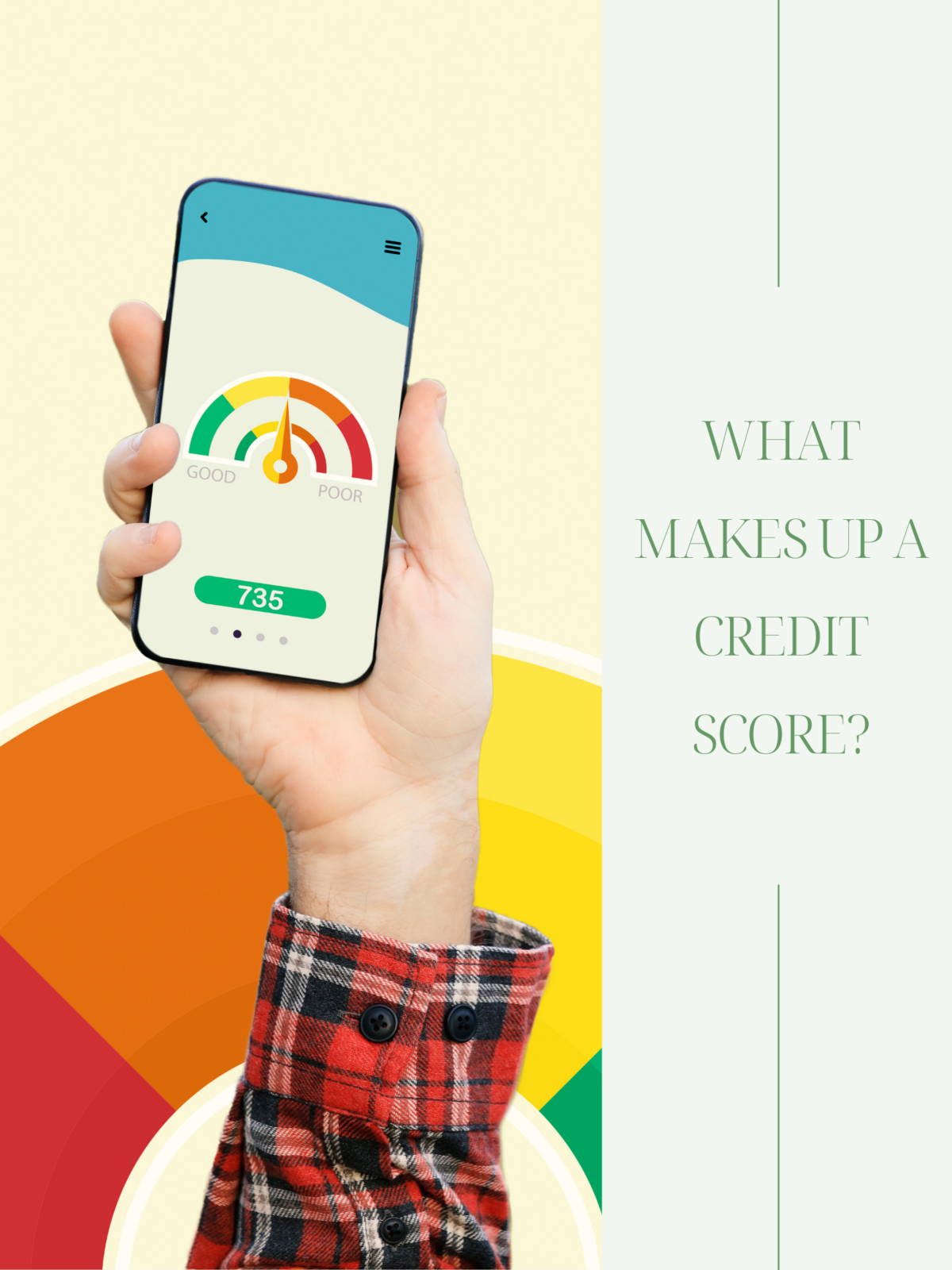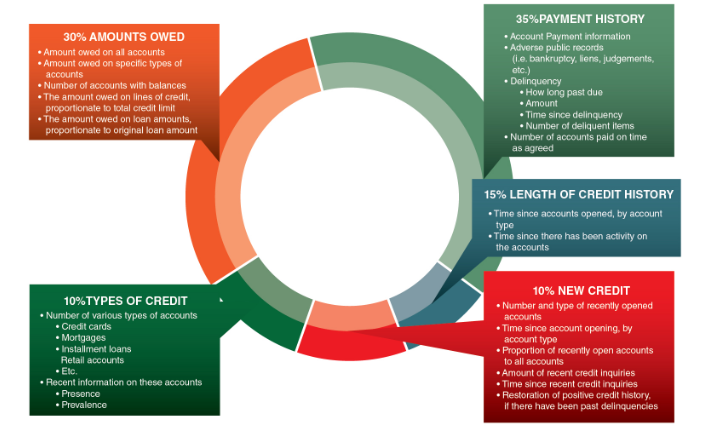As a homeowner, enhancing various spaces in your residence can yield substantial benefits. Whether you’re considering selling or simply want to rejuvenate your living environment, strategic home improvements can significantly boost your return on investment (ROI). Prior to embarking on your renovation journey, it’s crucial to address these pivotal questions:
- Elevated Standard: Is my home surpassing comparable properties within my community?
- Value Enhancement: Will home upgrades translate into increased property value?
- Appeal to Buyers: Does my home’s updated look appeal to potential buyers?
In the current market climate of rising housing prices, home improvement initiatives hold even greater potential for value augmentation. Particularly, attention to kitchens and bathrooms, two pivotal areas, can render remarkable returns on your investment. And remember, renovations need not entail comprehensive remodeling; subtle adjustments can yield substantial outcomes.
Kitchen Transformation
Remodeling magazine’s annual cost-versus-value analysis highlights that a kitchen “face-lift” often yields better returns than a complete overhaul. Modest changes like a fresh paint job, resurfacing, or new appliances can be remarkably effective.
Bathroom Enhancement
Even minor bathroom adjustments like replacing showerheads or improving lighting for enhanced brightness can remarkably impact the appeal. Alternatively, embarking on a comprehensive bathroom renovation, particularly for the master bath, can substantially influence a buyer’s decision.
Landscape Uplift
Landscape presentation significantly shapes the initial impression of a property. A well-maintained yard suggests a cared-for interior. Furthermore, updating outdoor lighting often goes unnoticed but can play a pivotal role in enhancing curb appeal.
Flooring Revamp
Revamping flooring can dramatically transform a home’s ambiance. Swapping out carpets for hardwood floors can rejuvenate a home’s aura and motivate buyers to pay a premium. Existing hardwood can also be revived through professional refinishing, boosting both aesthetics and value.
More Ideas
In addition to these larger-scale improvements, minor updates can also wield substantial impact. A fresh coat of paint, whether indoors or outdoors, can refresh a home’s appearance and scent. Similarly, updating outdated blinds with modern alternatives can provide the impression of a much newer residence.
While your home improvement choices should align with your lifestyle, a view toward maximizing ROI is wise, especially if resale is a consideration. Targeting high-ROI renovations that augment both demand and value is key. Ultimately, strategic upgrades not only enhance your living experience but also contribute to your home’s lasting value.



